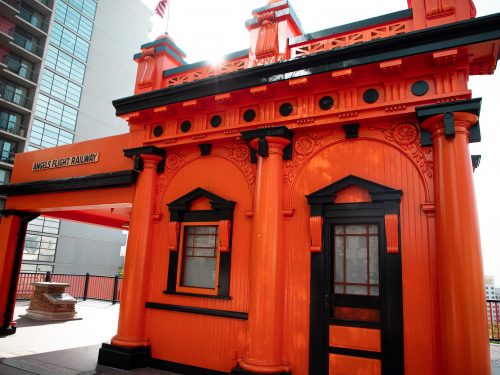 Angels Flight Railway in LA: What to Expect From Your Ride
Angels Flight Railway in LA: What to Expect From Your Ride
Yes, the world’s shortest railway is tucked in the middle of downtown Los Angeles, a city not exactly known for its trains and…
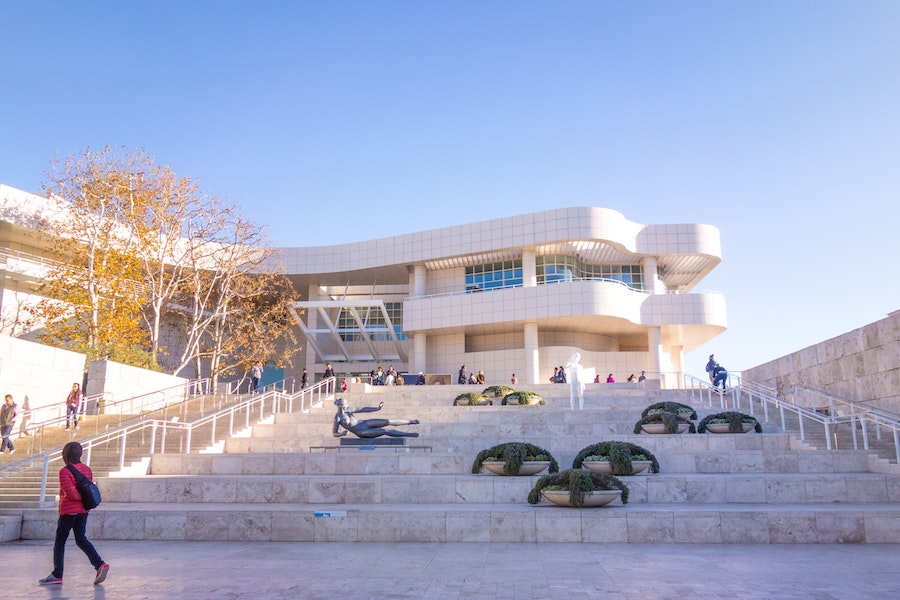
The Getty Center is the larger and more well-known of the two J. Paul Getty Museum locations in Los Angeles, the other being Getty Villa in Pacific Palisades. The Getty Center’s modern architecture is home to an impressive collection of classical art, ranging from paintings to sculptures, that could easily fill a few hours if you’re an art lover.
It also offers one of the best views around — from the city skyline to the Pacific Ocean — along with beautiful gardens. So even if you’re not an art enthusiast, the Getty Center should still be on your bucket list for LA.
I’ll dig into the best things to see and do at the Getty, plus tips to make your visit a little better. But first, a little history.
The Getty Center opened in 1997, but its history goes back to the 1950s when the late oil magnate, Jean Paul Getty, opened an art museum at his ranch in Malibu. The collection soon outgrew its original home and an art institution to oversee the massive collection, the J. Paul Getty Trust, was established.
Getty, one of the richest Americans in his day, left most of his estates to the trust, making it one of the world’s wealthiest. Sitting atop a hill in the Santa Monica Mountains, the Getty Center took 13 years and around $1.3 billion to build — and it shows. The Getty offers sweeping views of Los Angeles and the mountains alongside its display of art and architecture, making it a must-visit destination in Los Angeles.
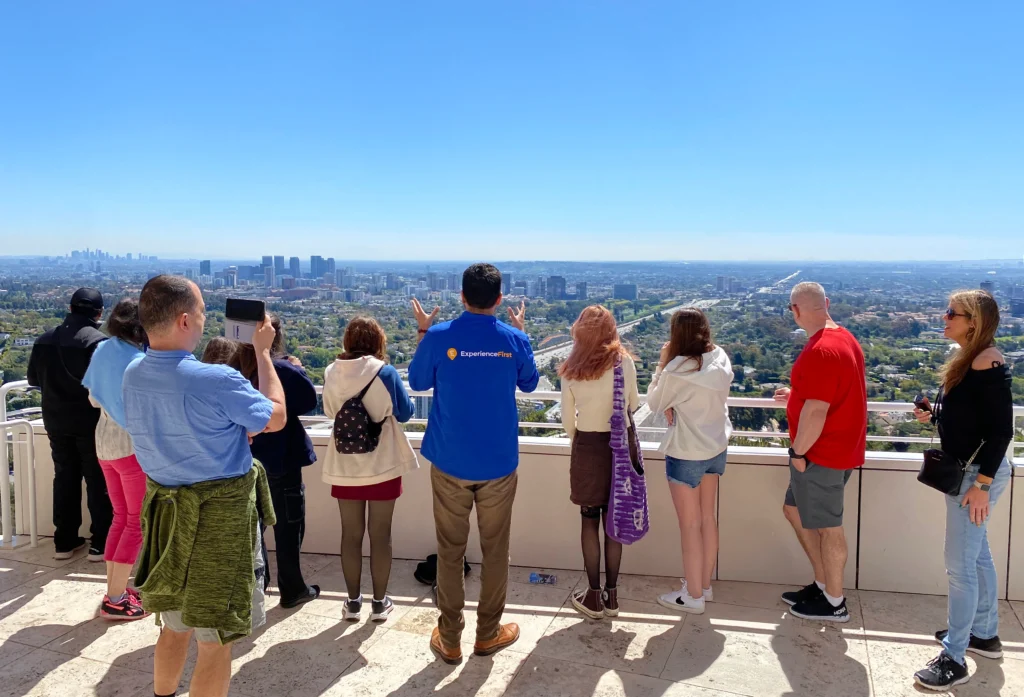
To make the most of this world-class landmark, I highly recommend a guided tour of the Getty. There’s just so much to see and do there. The grounds are expansive. The architecture is interesting. There are great views of LA (but you need to know where to find them — your guide has the scoop). And, of course, the endless galleries of art are enough to have any traveler dizzy from visual overload.
What’s nice about a tour is that you cover the highlights plus a few more hidden gems in a manageable two hours. You can stay longer if you like after the tour, and your guide can share personalized recommendations on more to see — like if you’re really into medieval manuscripts or French decorative arts. Or maybe you just want the best selfie spots. Your guide knows it all.
And you get to hear the stories behind what you’re seeing. The building and the art look cool, don’t get me wrong, but hearing how it all came to life makes the experience more enriching. It’s something you remember, instead of just shuffling through the museum being dazzled and maybe a little dazed by it all. (The museum campus is 24 acres. There really is a lot here.)
But whether you choose guided or self-guided, this hilltop landmark is a must during your trip to LA. Below are some of the highlights to help you plan for your Getty Center visit.
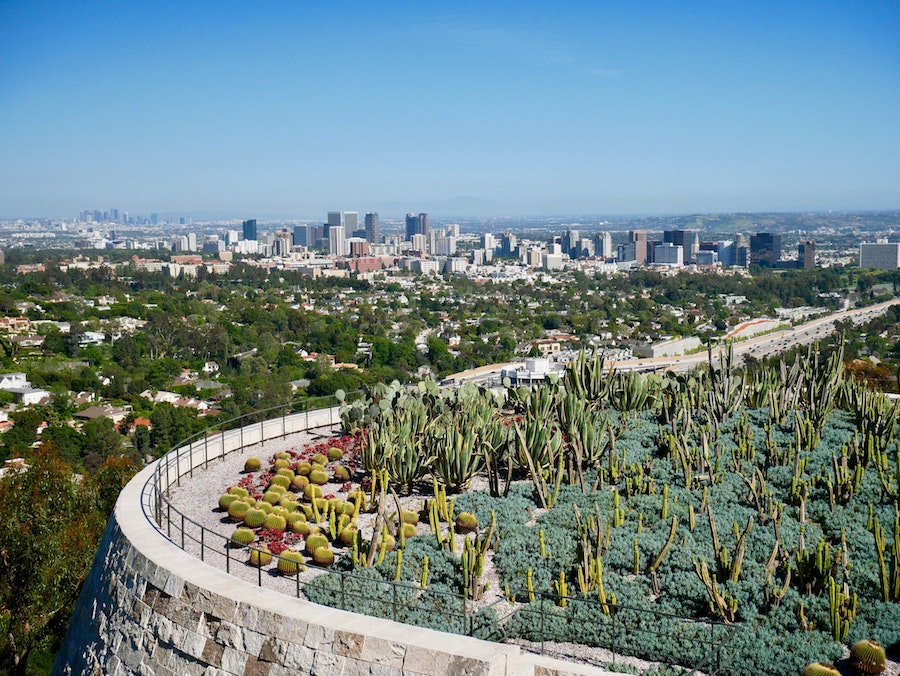
The Getty’s art collection focuses mainly on European art up to the 1900s, though you can find exhibits that draw from other eras and regions. With four pavilions housing the main collection, there’s enough to see to occupy a full day. The rotating special exhibitions are also worth checking out — and coming back for. If this is your first time visiting, check out the 10-minute orientation video which provides a nice overview of what you can see there and the behind-the-scenes work that goes into it.
The Getty Center’s permanent paintings collection is all about pre-20th century European works of art. The galleries in the South Pavilion showcase a collection of Impressionist works with some big names. Among these, you’ll see Van Gogh’s “Irises” and several paintings by Manet and Cézanne.
In the same pavilion are the early works of Rembrandt — you know, when he was just starting out as a 21-year old genius. It’s one of the largest public collection of Rembrandt paintings in the country.
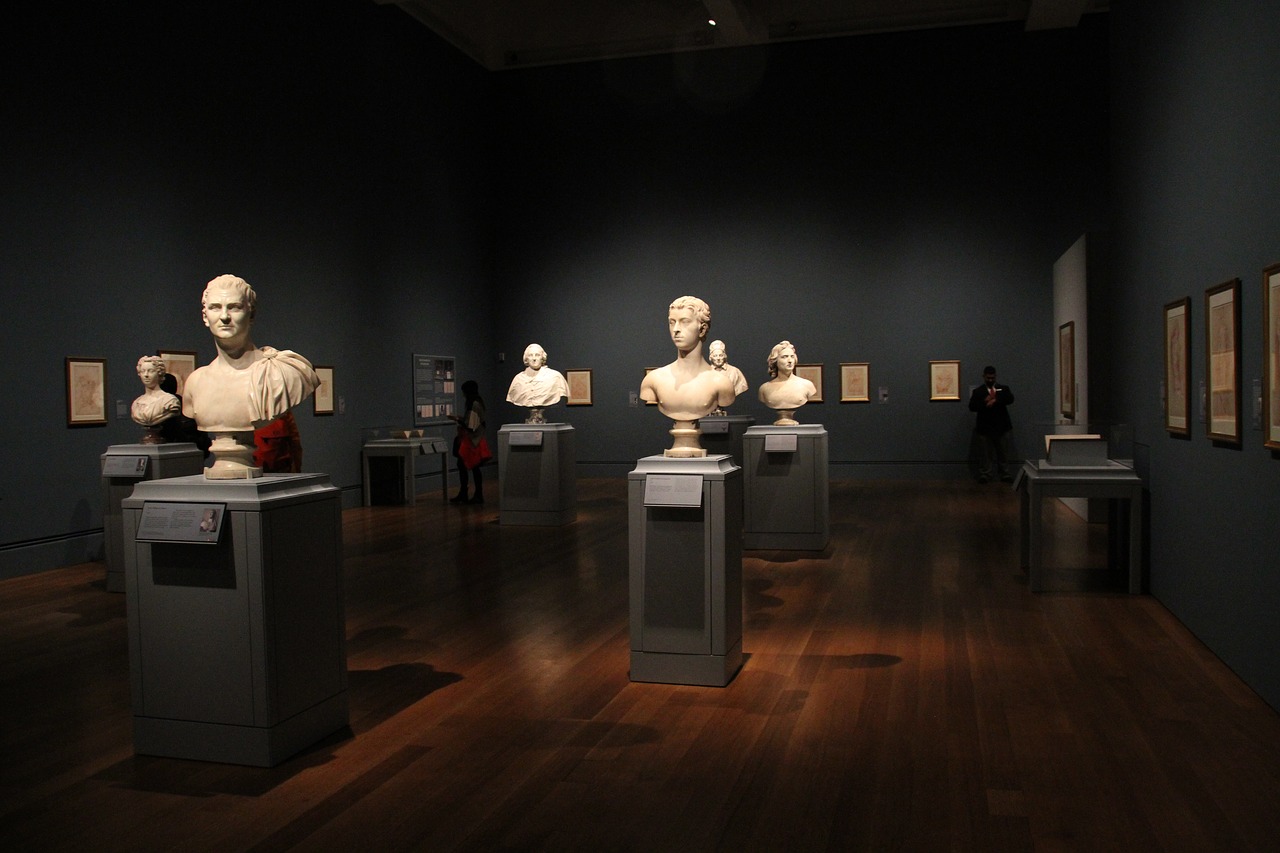
The indoor sculpture collection at the Getty Center provides a stark contrast to the ones displayed outdoors. The sculptures inside the pavilions span classical artworks from the 12th to 20th centuries, including works by Bernini and Rodin.
The sculptures installed outdoors, on the other hand, are modern works by artists such as Joan Miró and Alexander Calder.
You’ll find the photography collection in the Western Pavilion. It goes back to the earliest days of photography, around the time of its invention in the 1830s. Most of the works are displayed on rotation to conserve the photographs. Two of the best include “Larmes” (or “Tears” in French) by Man Ray and “Self-Portrait” by Robert Mapplethorpe.
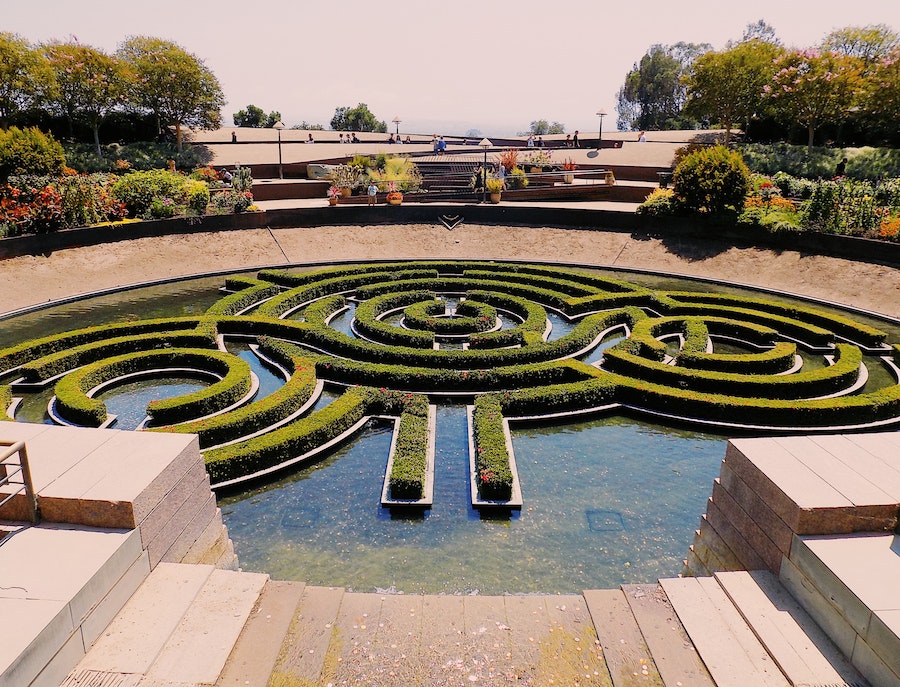
The gardens at the Getty Center are as big of a draw as the art collection. When the weather is nice — pretty much every day here in LA — I’ve seen couples and families out enjoying a picnic, reading, or just relaxing on the grass.
There are several gardens to walk through, but the main attraction is inarguably the Central Garden. Created by artist Robert Irwin, who calls his work “sculpture in the form of a garden,” the Central Garden is surrounded by a maze of flowers. Along with the Central Garden, there’s a cactus garden and three sculpture gardens on the museum grounds.
If it sounds like you’ll be spending a long time here, you’re not wrong — you could easily spend half a day or more. Fortunately, there are plenty of dining options on-site since you’re bound to get hungry.
The Getty Center includes two cafes and two coffee carts, but if you’re willing to splurge, the best choice is their full-service restaurant (named, simply, “the Restaurant”). It serves seasonal American cuisine in a swanky dining room with panoramic views of the Santa Monica Mountains. Though on the pricier side, the food is markedly better than the standard museum fare. The views and food mean the restaurant can fill up quickly, so reservations are a good idea.
You’re also allowed to bring a picnic to enjoy on the lawn next to the Central Garden or at any of the public seating areas. This is the option I recommend since it’s the most budget-friendly and lets you enjoy the gardens as you dine al fresco.
If you prefer to eat after your museum visit, consider the seasonal American cuisine at Tavern in Brentwood or explore the Persian restaurants in the Little Persia neighborhood, such as Taste of Tehran, both within a 10-minute drive.
Excited to visit the Getty Center? Who wouldn’t be? Here’s the practical info you need to know before you head to the mountains and this magnificent art collection during your visit to Los Angeles.

Located in the Los Angeles neighborhood of Brentwood, the Getty Center’s hilltop complex is accessible only by a tram that runs between the center and the parking structure. Enter the parking structure via Getty Center Drive off of I-405.
There’s no street parking available around the Getty Center, but the tram station entrance can be reached by public transportation or by taking a taxi or rideshare. If you opt for transit, check out our guide on how to take public transportation in LA.
During the tram ride, be sure to take a minute to enjoy a unique view of the freeway from above.
Admission to the Getty Center (and Getty Villa) is always free, but timed tickets are required. If you take our tour, we handle the Getty museum tickets for you.
To get here, we recommend public transit above. Otherwise, parking costs $25 per car.
Money-saving tip: If you start early enough to visit both the Getty Center and Getty Villa, parking at the second location is free on the same day. Get a voucher from the information desk to get free parking at the second museum.
The Getty Center is indeed ADA accessible to all visitors. The center offers wheelchairs and strollers free to use during your visit. Visual description of the artwork is available on their multimedia player along with assisted listening devices and text descriptions of the tours.
Sign language interpreters are on-hand, too, but must be requested and reserved in advance.
Hopefully, this guide was helpful to give you a glimpse of what you can experience on your visit to the Getty Center. Even if you’re not an art enthusiast, this is a must when you’re in the area.
For more to see and do in LA, check out our other Los Angeles tours. We also have a helpful guide to the best free museums to visit while in LA.
 Angels Flight Railway in LA: What to Expect From Your Ride
Angels Flight Railway in LA: What to Expect From Your Ride
Yes, the world’s shortest railway is tucked in the middle of downtown Los Angeles, a city not exactly known for its trains and…
 Tips for Visiting Griffith Observatory in LA
Tips for Visiting Griffith Observatory in LA
Griffith Observatory is truly a magical place to visit. Nestled in the hills overlooking the glittering LA skyline and Hollywood Sign, it’s easy…
 DIY Instagram Walking Tour of Downtown LA: 8 Must-See Stops
DIY Instagram Walking Tour of Downtown LA: 8 Must-See Stops
Downtown Los Angeles isn’t just an urban center filled with skyscrapers and office buildings. Spend enough time in the area and you’d find…